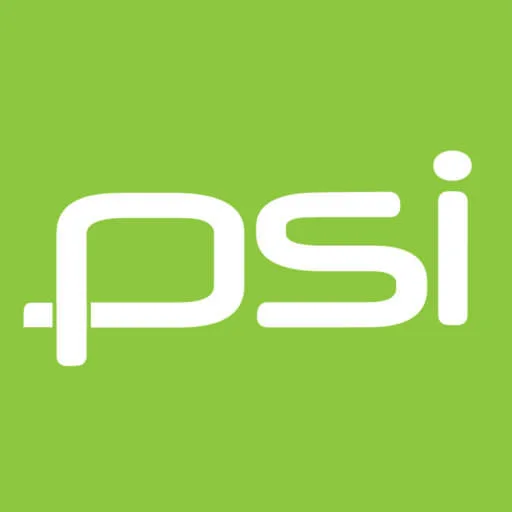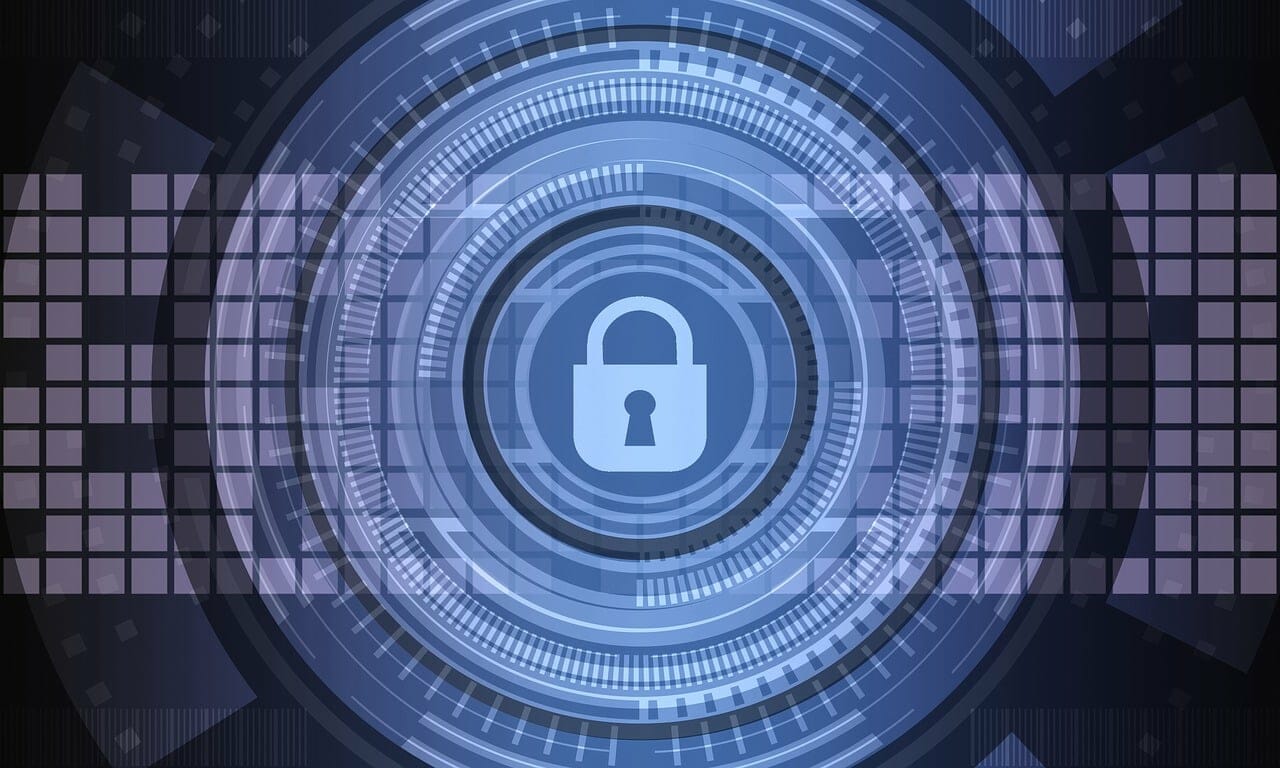As a Managed Service Provider (MSP), navigating the complex world of cybersecurity can be a daunting task. With the ever-evolving threats and attacks, it is crucial for MSPs to stay ahead of the game and ensure the security of their clients’ data and systems. In this guide, we will explore the importance of cybersecurity for MSPs and provide you with best practices, essential tools, and strategies to effectively navigate the cybersecurity challenges you may encounter.
Importance of cybersecurity for MSPs
In today’s digital landscape, cybersecurity is no longer an option, but a necessity for MSPs. As an MSP, you are responsible for managing and securing the IT infrastructure of your clients. Any lapse in security can have severe consequences, including financial loss, reputational damage, and potential legal liabilities. By prioritizing cybersecurity, you not only protect your clients’ sensitive information but also safeguard your own business from cyber threats.
One of the key reasons why cybersecurity is crucial for MSPs is the value of the data you handle. From financial records to intellectual property, your clients trust you with their most valuable assets. A breach or data loss can lead to significant financial and legal implications for both your clients and your MSP business. By implementing robust cybersecurity measures, you demonstrate your commitment to protecting your clients’ data and build trust and credibility in the industry.
Common cybersecurity threats faced by MSPs
As an MSP, you face a wide range of cybersecurity threats that can compromise your clients’ data and systems. Understanding these threats is the first step in effectively mitigating them. Some of the common cybersecurity threats faced by MSPs include:
1. Phishing attacks:
Phishing attacks are one of the most prevalent and successful methods used by cybercriminals to gain unauthorized access to systems. These attacks typically involve tricking individuals into revealing sensitive information, such as login credentials or financial details. MSPs are often targeted because they have access to multiple client accounts, making them an attractive target for hackers.
2. Ransomware attacks:
Ransomware attacks have become increasingly sophisticated and pose a significant threat to MSPs. In a ransomware attack, cybercriminals encrypt the victim’s data and demand a ransom in exchange for the decryption key. MSPs are attractive targets for ransomware attacks because compromising their systems can provide access to multiple clients’ data simultaneously.
3. Insider threats:
Insider threats can come from both malicious insiders and unintentional actions by employees. MSPs often have privileged access to their clients’ systems, making them vulnerable to insider attacks. It is essential to implement strict access controls, monitor user activities, and educate employees about cybersecurity best practices to mitigate insider threats.
Best practices for cybersecurity in the MSP industry
To effectively navigate cybersecurity challenges as an MSP, it is crucial to implement best practices that can help safeguard your clients’ data and systems. Here are some key best practices to consider:
1. Implement a layered security approach:
Cybersecurity is not a one-size-fits-all solution. Implementing a layered security approach ensures that multiple security measures are in place to protect your clients’ data and systems. This can include firewalls, antivirus software, intrusion detection systems, and regular security updates.
2. Conduct regular vulnerability assessments:
Regularly assessing vulnerabilities in your clients’ systems allows you to identify and address any weaknesses before cybercriminals exploit them. This can involve performing penetration testing, vulnerability scanning, and code reviews to ensure that your clients’ systems are secure.
3. Enforce strong password policies:
Weak passwords are a common entry point for cybercriminals. Enforce strong password policies for your clients’ systems, including the use of complex passwords, regular password changes, and multi-factor authentication. Educate your clients on the importance of strong passwords and provide guidance on creating secure passwords.
Essential cybersecurity tools for MSPs
Having the right tools in your cybersecurity arsenal is essential for effectively protecting your clients’ data and systems. Here are some essential cybersecurity tools that every MSP should consider:
1. Endpoint protection software:
Endpoint protection software helps secure the devices connected to your clients’ networks. It provides real-time threat detection and prevention, firewall management, and data encryption to protect against malware, ransomware, and other cyber threats.
2. Security information and event management (SIEM) system:
A SIEM system collects and analyzes log data from various sources to identify and respond to security incidents. It provides a centralized view of your clients’ security posture, enabling you to detect and respond to threats in real-time.
3. Data backup and recovery solutions:
Data backup and recovery solutions are crucial for mitigating the impact of a data breach or system failure. Implementing a robust backup and recovery strategy ensures that your clients’ data can be restored quickly in the event of a cyber incident.
Developing a cybersecurity strategy for MSPs
A well-defined cybersecurity strategy is the foundation for effectively navigating cybersecurity challenges as an MSP. Here are some key steps to develop a cybersecurity strategy for your MSP:
1. Assess your current security posture:
Start by assessing your current security measures and identifying any gaps or vulnerabilities. This can involve conducting a thorough audit of your systems, processes, and policies to understand your strengths and weaknesses.
2. Define your cybersecurity goals and objectives:
Clearly define your cybersecurity goals and objectives based on your assessment. This can include protecting your clients’ data, ensuring compliance with industry regulations, and minimizing the risk of cyber threats.
3. Develop policies and procedures:
Develop comprehensive cybersecurity policies and procedures that outline how your MSP will handle security incidents, manage access controls, and enforce security measures. Ensure that these policies align with industry best practices and regulatory requirements.
Incident response and recovery for MSPs
Despite your best efforts to prevent cyber incidents, it is essential to have a robust incident response and recovery plan in place. Here are some key steps to consider when developing your incident response and recovery plan:
1. Establish an incident response team:
Create a dedicated incident response team within your MSP. This team should include individuals with expertise in cybersecurity, IT operations, legal, and communication to effectively manage and respond to security incidents.
2. Develop an incident response plan:
Develop a step-by-step incident response plan that outlines the actions to be taken in the event of a security incident. This plan should include procedures for identifying and containing the incident, investigating the root cause, and notifying affected parties.
3. Test and refine your incident response plan:
Regularly test and refine your incident response plan to ensure its effectiveness. Conduct tabletop exercises and simulations to identify any gaps or weaknesses and make necessary improvements.
Compliance and regulatory considerations for MSPs
Compliance with industry regulations and standards is a critical aspect of cybersecurity for MSPs. Failure to comply with these regulations can result in severe consequences, including financial penalties and loss of reputation. Here are some compliance and regulatory considerations for MSPs:
1. Understand industry-specific regulations:
Familiarize yourself with industry-specific regulations and standards that apply to your MSP business. This can include data protection regulations, such as the General Data Protection Regulation (GDPR), and industry-specific standards, such as the Payment Card Industry Data Security Standard (PCI DSS).
2. Implement security controls and measures:
Implement the necessary security controls and measures to ensure compliance with the applicable regulations and standards. This can include data encryption, access controls, regular security audits, and employee training on compliance requirements.
3. Regularly audit and assess your compliance:
Regularly audit and assess your compliance with industry regulations and standards. This can involve conducting internal audits, engaging third-party auditors, and implementing remediation plans to address any compliance gaps.
Training and education for MSPs on cybersecurity
Continuous training and education are essential for MSPs to stay updated with the latest cybersecurity trends, threats, and best practices. Here are some key training and education considerations for MSPs:
1. Stay informed about the latest cybersecurity trends:
Subscribe to industry publications, blogs, and forums to stay informed about the latest cybersecurity trends and emerging threats. Attend industry conferences and webinars to learn from experts and network with peers.
2. Provide regular cybersecurity training to employees:
Educate your employees about cybersecurity best practices, including how to identify and respond to phishing attacks, the importance of strong passwords, and safe browsing habits. Regularly reinforce these training sessions to keep cybersecurity top of mind.
3. Invest in employee certifications:
Encourage your employees to pursue cybersecurity certifications to enhance their knowledge and expertise. Certifications such as Certified Information Systems Security Professional (CISSP) and Certified Ethical Hacker (CEH) demonstrate a commitment to cybersecurity excellence.
Conclusion: Navigating cybersecurity challenges as an MSP
As an MSP, navigating cybersecurity challenges is an ongoing process that requires continuous learning, adaptation, and investment in robust security measures. By understanding the importance of cybersecurity, implementing best practices, utilizing essential tools, developing a cybersecurity strategy, and staying compliant with regulations, you can effectively protect your clients’ data and systems. Remember, cybersecurity is not a one-time effort but a continuous journey towards safeguarding your clients and your MSP business.
Call Portola Systems Today to learn more about how we can help you navigate cybersecurity challenges and protect your MSP business and clients. Stay secure, stay compliant!


